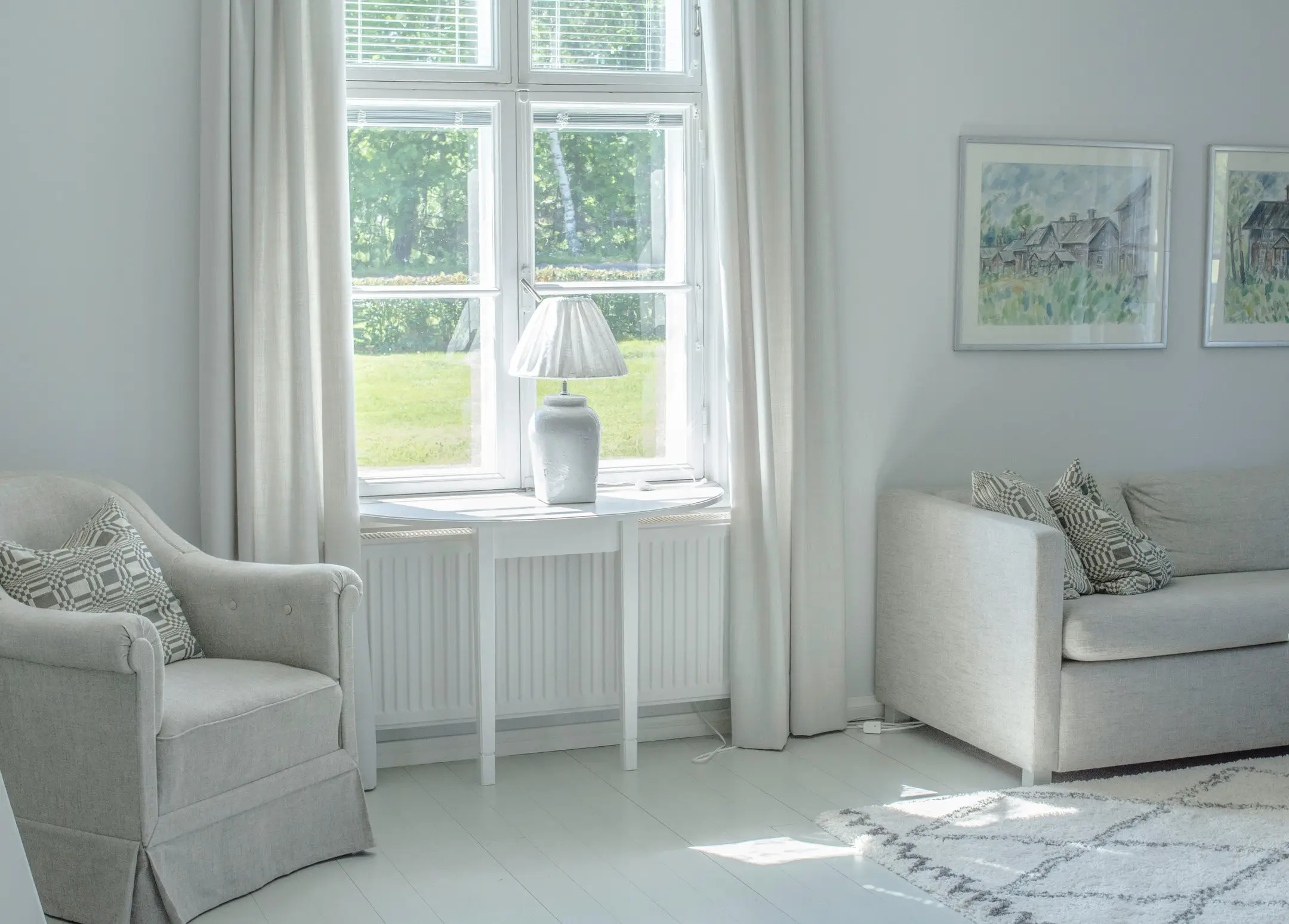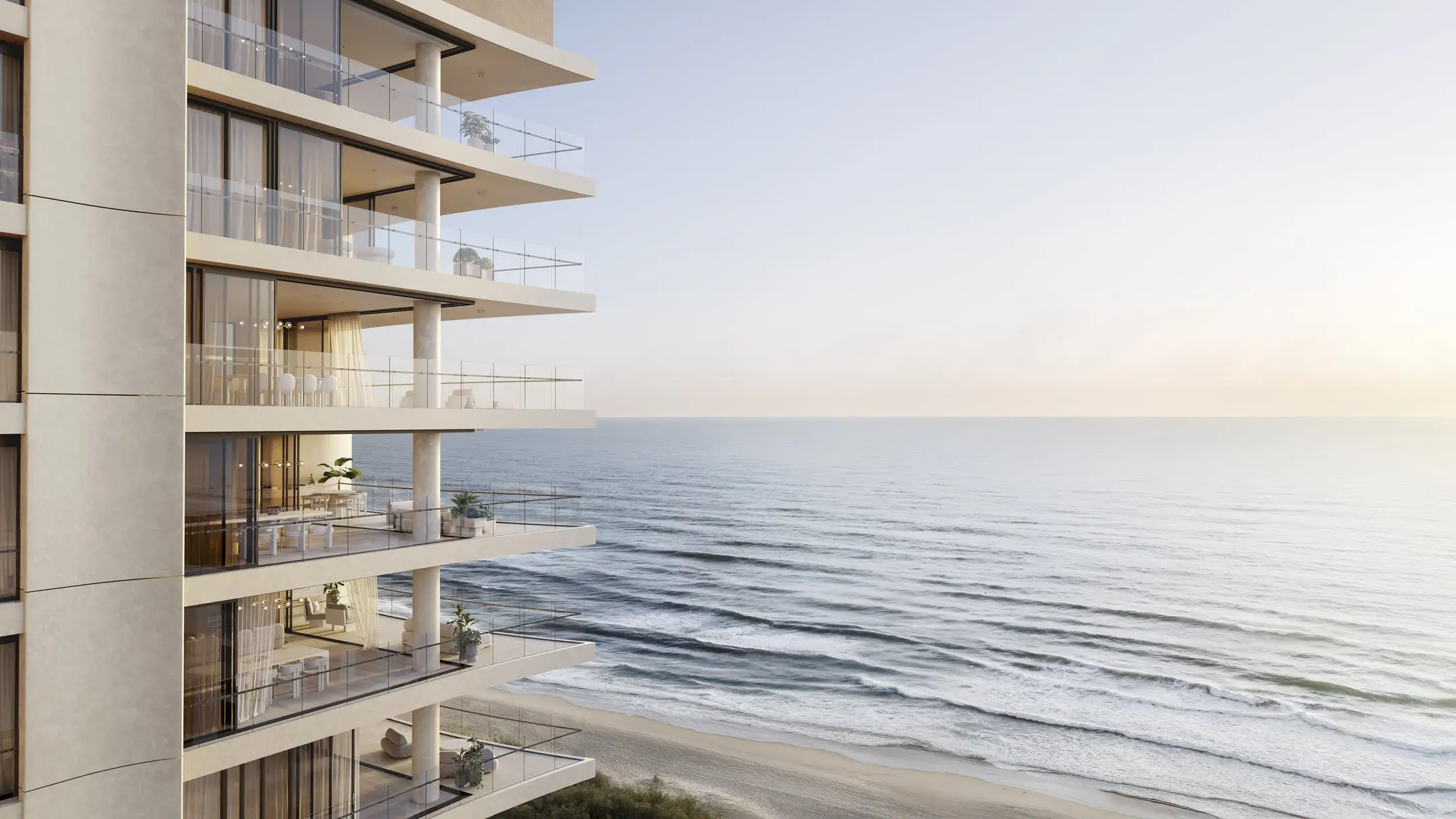
Providing swift design and functionality, Scandinavia has had a prominent influence on design over the past 80 years. Whether it be a Flemming Lassen armchair, or a desk from Ikea, it would be difficult to find a home that doesn’t have at least one Scandinavian piece.
This year, up until Dec 31, 2015, NGV is holding a new exhibition dedicated to just that - Nordic Cool: Modernist Collection.
Drawing on the National Gallery of Victoria’s rich collection of Nordic design, much of which was acquired in 1952 by the Felton Bequest, this exhibition celebrates an iconic organic aesthetic that is arguably defined by the principles of Finnish architect and designer Alvar Aalto, from the early twentieth century. The exhibition looks at the period of the 1920s to 1960s and will showcase leading manufacturers and their designers, encompassing ceramics, glass, silver, furniture, textiles and lighting.
Amanda Dunsmore, curator of Nordic Cool: Modernist Collection, attributes creative freedom to a Scandinavian dominance of interior design. “[They were] "given expression by larger manufacturers who allowed them to have creative free rein.”
"It was unbelievably successful in its influence on design worldwide,” she said.
lassen_chair.jpg" style="width: 650px; height: 428px;" />
Sculpture was often designed by the Swedes and Finnish, however it was Danish furniture that really controlled the market for quite some time. The Nordic Cool collection holds almost 100 pieces, and most of the furniture pieces are in fact from designers based in Denmark - paying significant tribute to Danish furniture designers such as Pol Henningsen and his artichoke lamp, as well as Jacobsen’s infamous Swan Chair.
Denmark, Norway, Sweden and Finland were the go-to area for furniture design right up until the 1960s. It was here though, that the design industries of Japan and Germany began to rise following crushing defeats in WWII. "Scandinavian designers were squeezed out," said Dunsmore. "New materials – synthetics, fibreglass and plastic – also arrived, so that the scope for design and mass production at affordable level is enormous and those principles of Scandinavian manufacture, such as quality and truth to materials, couldn't compete."


